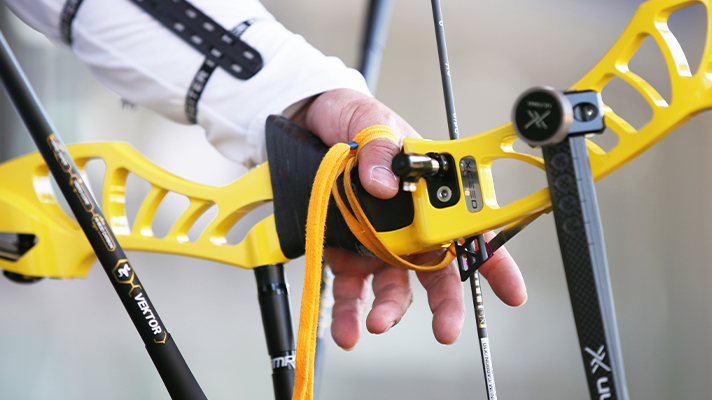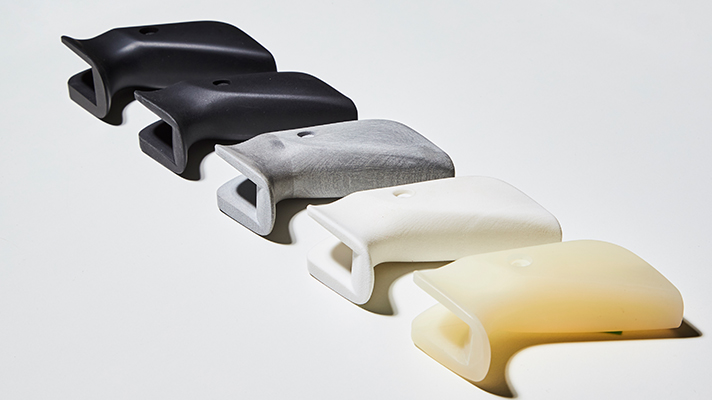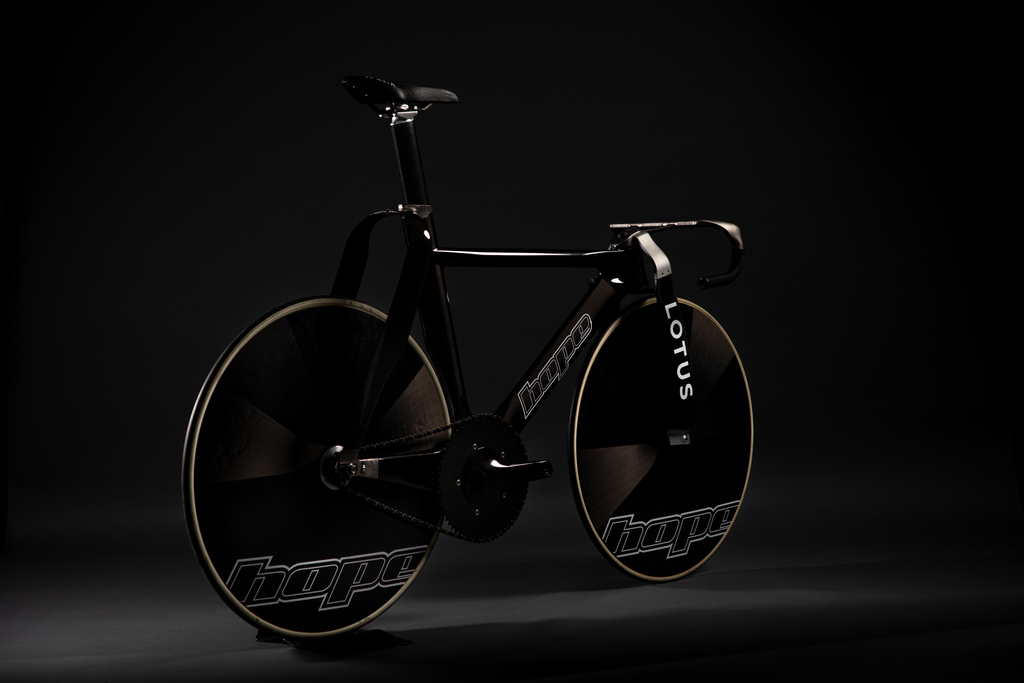Nominations for the 2021 3D Printing Industry Awards are now open, tell us who is leading the industry
The Korean archery team has continued its dominance at the 2020 Tokyo Olympic games, aided by 3D printed grips from automotive manufacturer Hyundai Motor Group.
The team won gold in the men’s, women’s, and mixed team categories at this year’s games, taking the total medals won by Korea’s archers to 103 since 1984. Hyundai has been providing technical support to the Korean Archery Association for more than three decades, and since the previous Olympic Games in Rio has been leveraging technologies such as artificial intelligence (AI), biometric information, big data, and 3D printing.
In addition to providing optimized 3D printed grips for the archers, Hyundai has also used 3D scanning for non-destructive testing techniques for the team’s bows.

Optimizing performance with 3D printing and scanning
In the lead-up to the Tokyo 2020 Games, Hyundai has provided technical support to the Korean archery team by qualifying their bows and arrows and delivering optimized equipment for each player.
Hyundai’s advanced 3D CT scanning equipment was used to develop a new model of non-destructive testing to analyze the team’s bows. The technology measures whether there is any damage inside the bow as it is repeatedly pulled, by creating a 3D model image. As the bow is rotated 360°, the 3D scanner takes tens of thousands of photos to provide a comprehensive insight into the bow’s performance.
Hyundai has also improved on the 3D printed grips it has been providing for the team since Rio 2016. The 3D printed grips are customized to the shape of each athlete’s hand, and are now available in a greater variety of materials according to athletes’ preferences.
Previously only available in synthetic resin materials, the grips can now be provided in heat-resistant resin which can be rapidly customized, and PA12 from multinational printing firm HP that is durable but takes longer to manufacture. The grips are also available in a newly developed material, aluminide, an aluminum and polyamide combination, and solid wood and urethane to deliver a better grip.
According to Hyundai, archers Jin-Hyuk Oh and Woo-Jin Kim were particularly impressed with the 3D printed grips. After testing by several athletes, the grips were deemed to have excellent usability and were used as the main grip by the archery team during the Tokyo Games.

3D printing in Tokyo 2020
In addition to archery, 3D printed equipment has featured in a number of different events at this year’s Olympic games. An increasing number of athletes have leveraged the technology to gain competitive advantages regarding aerodynamics, weight, and time savings.
One discipline in particular where 3D printing has been deployed is track cycling. The Italian national cycling team has used a Calibry 3D scanner from Russian handheld 3D scanner developer Thor3D to streamline its riders aerodynamics, and sports performance brand Vorteq has used an Artec 3D scanner to create custom-fitted aerodynamic skinsuits for cyclists from five different Olympic teams.
The Great Britain Cycling Team is also riding on a new track bike designed by global engineering firm Renishaw, Lotus Engineering, and Hope Technology, which features lightweight 3D printed end-use parts.
Elsewhere, several athletes are expected to be wearing Adidas’ 3D printing-optimized running shoe, the Futurecraft STRUNG, which features an upgraded 3D printed 4DFWD midsole, and 3D printed grips have also been seen fitted to the pistol of multiple world shooting champion Céline Goberville.

Nominations for the 2021 3D Printing Industry Awards are now open, tell us who is leading the industry.
Subscribe to the 3D Printing Industry newsletter for the latest news in additive manufacturing. You can also stay connected by following us on Twitter and liking us on Facebook.
Looking for a career in additive manufacturing? Visit 3D Printing Jobs for a selection of roles in the industry.
Subscribe to our YouTube channel for the latest 3D printing video shorts, reviews and webinar replays.
Featured image shows the 3D printed grips attached to the bow vary greatly from player to player, regarding the desired shape and material. Photo via Yoon-Sik Kim / Hyundai Motor Group.



